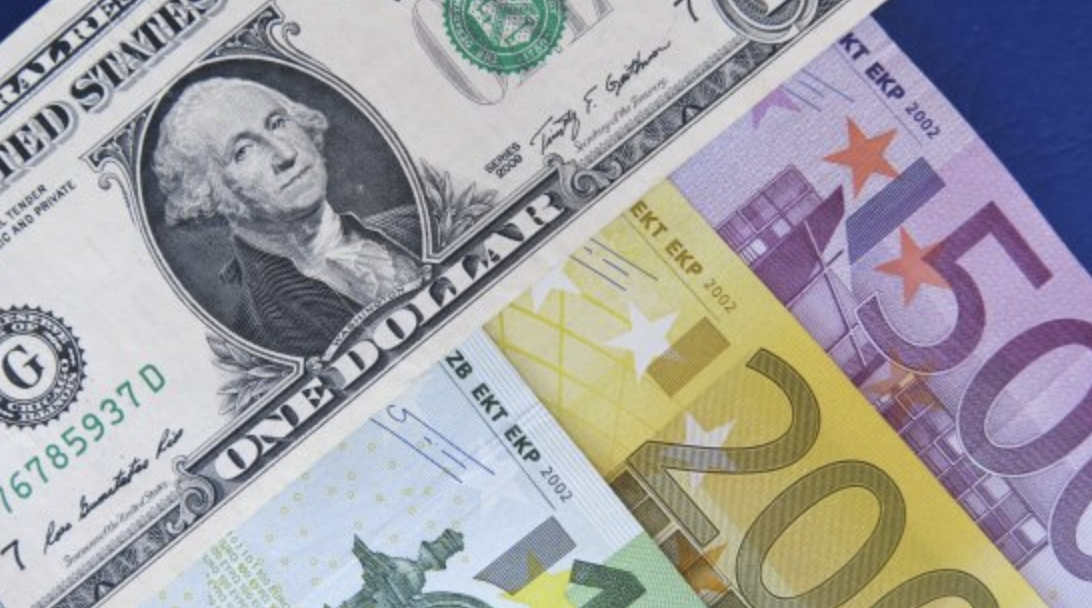Amid Escalating Geopolitical Unrest, EUR/USD Recovers and Hovers Near 1.0650
The EUR/USD pair endeavors to rebound from its lowest level in five months in the midst of heightened tensions in the Middle East. Late Saturday night, Iran launched explosive drones and missiles at Israel. The pair was subject to downward pressure due to divergent ECB and Fed policy scenarios.

Monday during the Asian session, EUR/USD recovers from a five-month low of 1.0622 that it reached last Friday, ascending to near 1.0650. Increased dollar purchasing in response to geopolitical unrest bolstered the US Dollar (USD), thereby exerting a downward pressure on the EUR/USD pair.
Iran responded to a perceived Israeli assault on its consulate in Syria over the weekend by launching missiles and incendiary drones at Israel. The markets remained relatively placid despite this escalation, possibly as a result of Iran's forewarning of the attack in advance, which helped reduce the likelihood of further escalation.
As per Reuters reports, representatives from Iraq, Turkey, and Jordan assert that Iran had furnished prior notification of the attack several days in advance, thereby enabling preventive measures against widespread casualties and a deterioration of the situation. However, this allegation was refuted by a US official. In addition, Israel was assured by US President Joe Biden that retaliatory actions would not be undertaken by the United States.
As the European Central Bank (ECB) and the Federal Reserve (Fed) issued divergent monetary policy outlooks, downward pressure was applied to the EUR/USD pair. In the event that underlying inflation maintains its anticipated deceleration, the ECB has hinted that a potential reduction in policy rates in June could be considered.
Strong macroeconomic indicators and robust inflation in the United States, on the other hand, are compelling the Federal Reserve to reevaluate its monetary easing plan. The CME FedWatch Tool indicates that the likelihood of interest rates remaining unchanged at the June meeting has risen from 46.8% the week prior to the June meeting to 63.5%. On Monday, investors will closely monitor seasonally adjusted data on industrial production in the Eurozone and retail sales in the United States.
Susan Collins, president of the Federal Reserve Bank (Fed) in Boston, stated on Friday that she expects "around two" rate decreases in 2024, while continuing to anticipate a decline in inflationary pressures by the end of the year. The speaker underscored the ambiguity pertaining to the timetable of prospective interest rate reductions and stated that although a rate increase is not presently incorporated into the baseline scenario, it is not completely implausible.
Bonus rebate to help investors grow in the trading world!

 English
English















